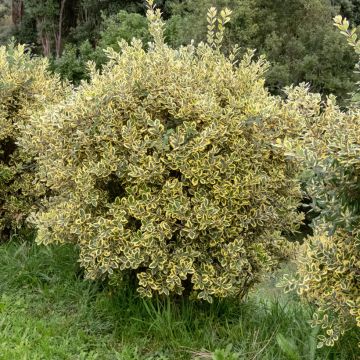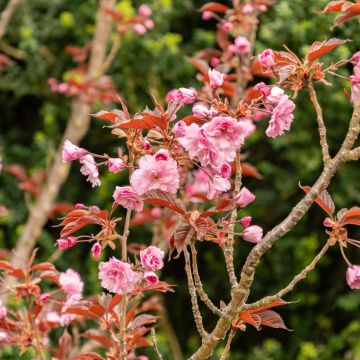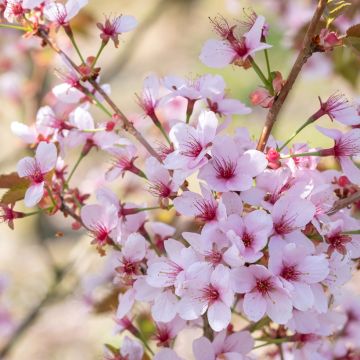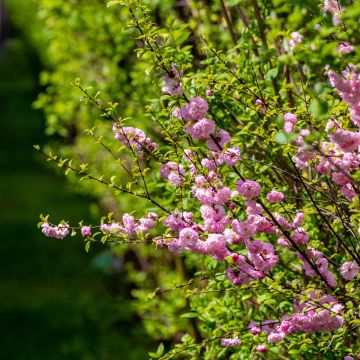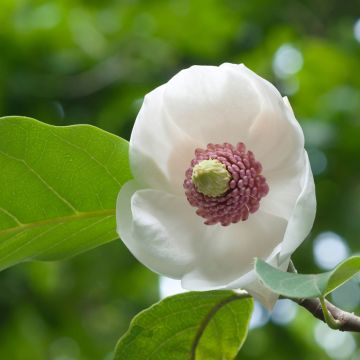

Prunus serrulata Kanzan - Japanese Cherry


Prunus serrulata Kanzan - Japanese Cherry


Prunus serrulata Kanzan - Japanese Cherry


Prunus serrulata Kanzan - Japanese Cherry


Prunus serrulata Kanzan - Japanese Cherry


Prunus serrulata Kanzan - Japanese Cherry


Prunus serrulata Kanzan - Japanese Cherry


Prunus serrulata Kanzan - Japanese Cherry
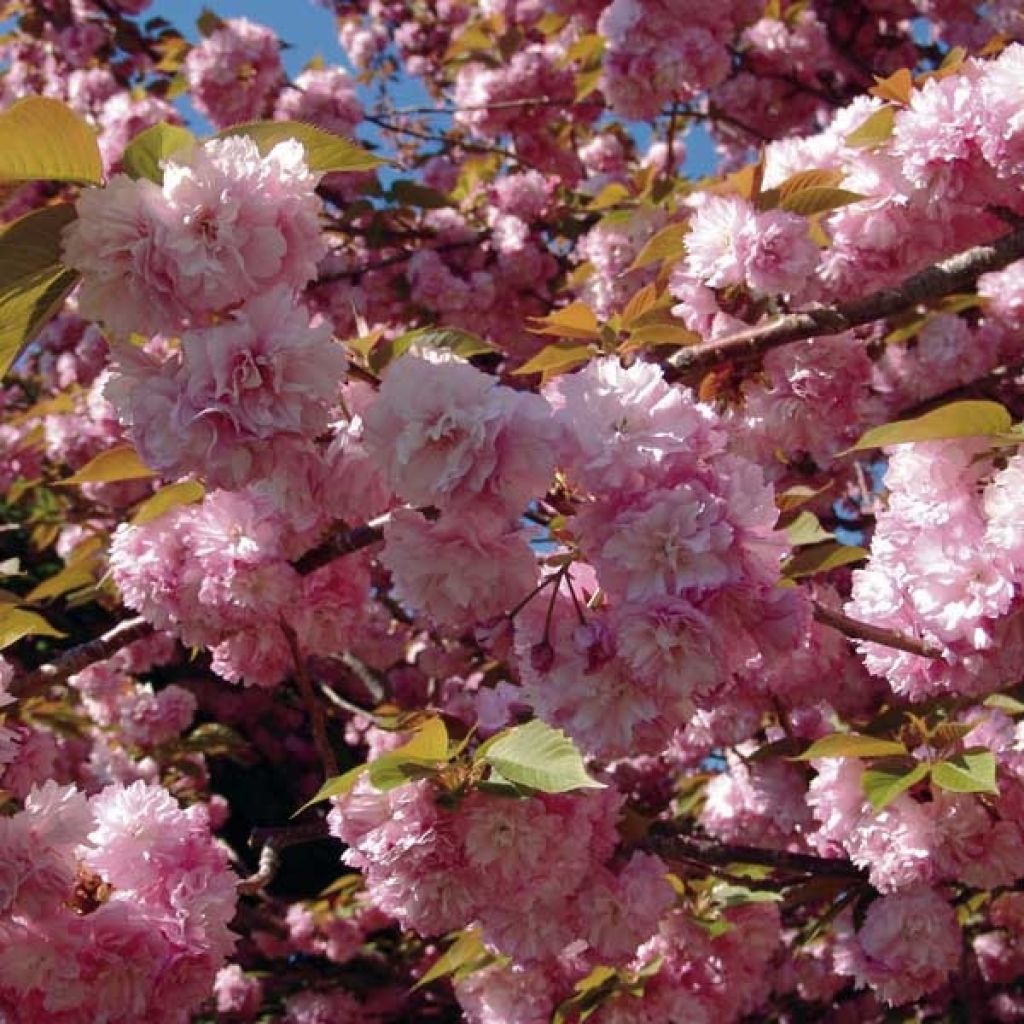

Prunus serrulata Kanzan - Japanese Cherry


Prunus serrulata Kanzan - Japanese Cherry
Prunus serrulata Kanzan - Japanese Cherry
Prunus serrulata Kanzan
Japanese Cherry, Hill Cherry, Oriental Cherry, East Asian Cherry
Why not try an alternative variety in stock?
View all →This plant carries a 24 months recovery warranty
More information
We guarantee the quality of our plants for a full growing cycle, and will replace at our expense any plant that fails to recover under normal climatic and planting conditions.
From €7.90 for pickup delivery and €6.90 for home delivery
Express home delivery from €8.90.
From €7.90 for pickup delivery and €6.90 for home delivery
Express home delivery from €8.90.
From €7.90 for pickup delivery and €6.90 for home delivery
Express home delivery from €8.90.
Oversize package: home delivery by special carrier from €6.90 per order..
Express home delivery from €8.90.
Oversize package: home delivery by special carrier from €6.90 per order..
Express home delivery from €8.90.

Does this plant fit my garden?
Set up your Plantfit profile →
Description
Prunus serrulata 'Kanzan' or Japanese flowering cherry tree is an upright tree that spreads once mature. In spring, this Japanese cherry tree offers abundant and spectacular flowering. Its branches are covered with intense red buds that open into double raspberry pink flowers. Its foliage, bronze during budburst, green in summer, takes on beautiful yellow-orange tones in autumn.
Prunus serrulata, belonging to the large Rosaceae family, is a small tree with a dense canopy and thin bark, native to Asia, specifically Japan, Korea, and China. It is also known as the Japanese cherry tree, Hill cherry tree, Japanese flowering cherry tree, or Oriental cherry tree. The cultivar 'Kanzan' is a horticultural selection.
Prunus serrulata 'Kanzan' has an upright habit that spreads once mature and reaches up to seven metres in height at maturity with a width of four metres. In spring, the flowering offers a remarkable spectacle, with branches covered in intense red buds that open into double flowers grouped in pairs to five and measuring five to six centimetres in diameter. They are a vibrant raspberry pink colour that lightens as they unfold. After flowering, the 'Kanzan' cherry tree is adorned with leaves eight to twelve centimetres long. Initially bronze in colour, they turn medium green in summer and become red-orange in autumn. It is a hardy tree.
The Japanese cherry tree is planted in spring or autumn, depending on the climate. It thrives in full sun in any light, well-draining soil, sandy or even rocky, but not too dry. It tolerates the presence of limestone in the soil. Water during dry and hot weather. Avoid locations exposed to cold winds for more abundant and long-lasting flowering.
This decorative tree will find its place as a standalone or in a bed, positioned behind spring bulbs, perennials, or small bushes with staggered flowering. To adorn its base, you can plant, for example, silver basket, forget-me-nots, discreet and charming plants that will not overshadow its splendour. You could also consider planting a small pink clematis to brighten its foliage in summer (Clematis 'Little Mermaid', Success Candy, 'Josephine').
Prunus serrulata Kanzan - Japanese Cherry in pictures
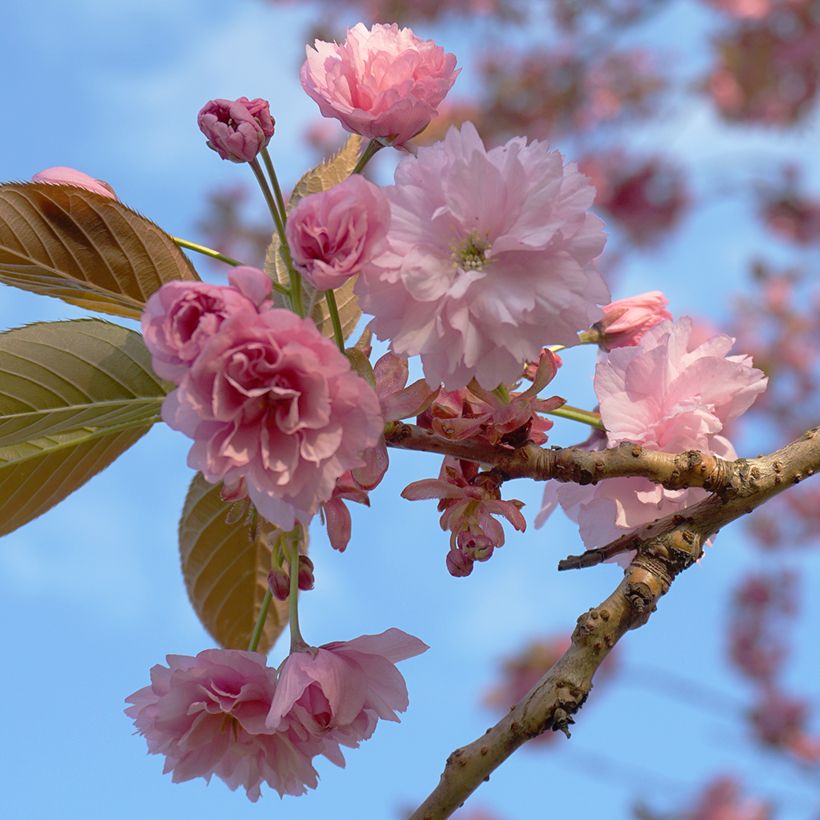

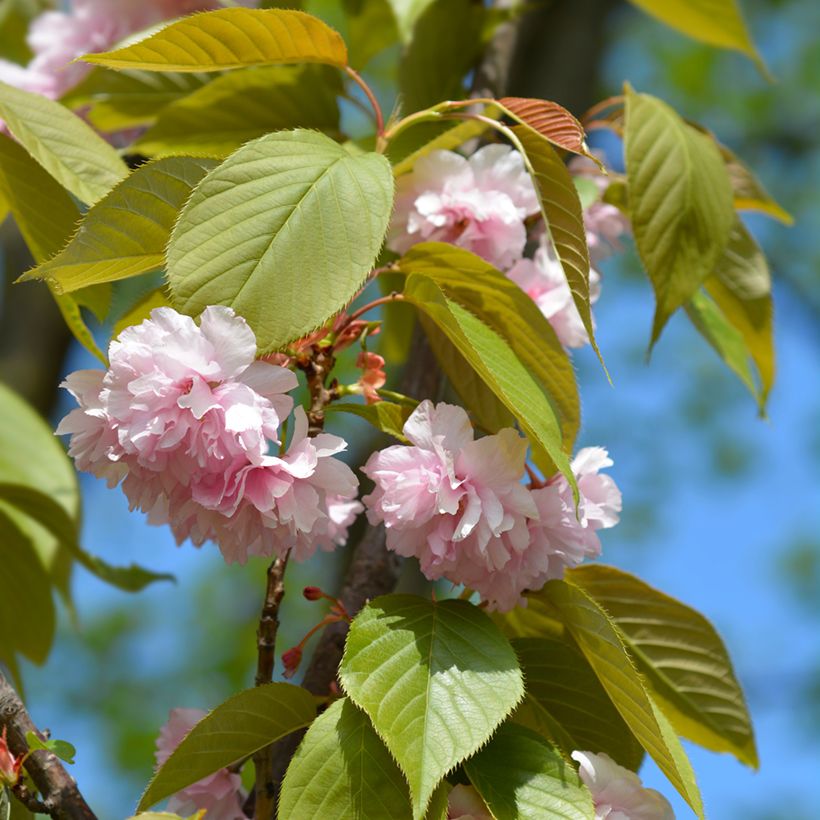

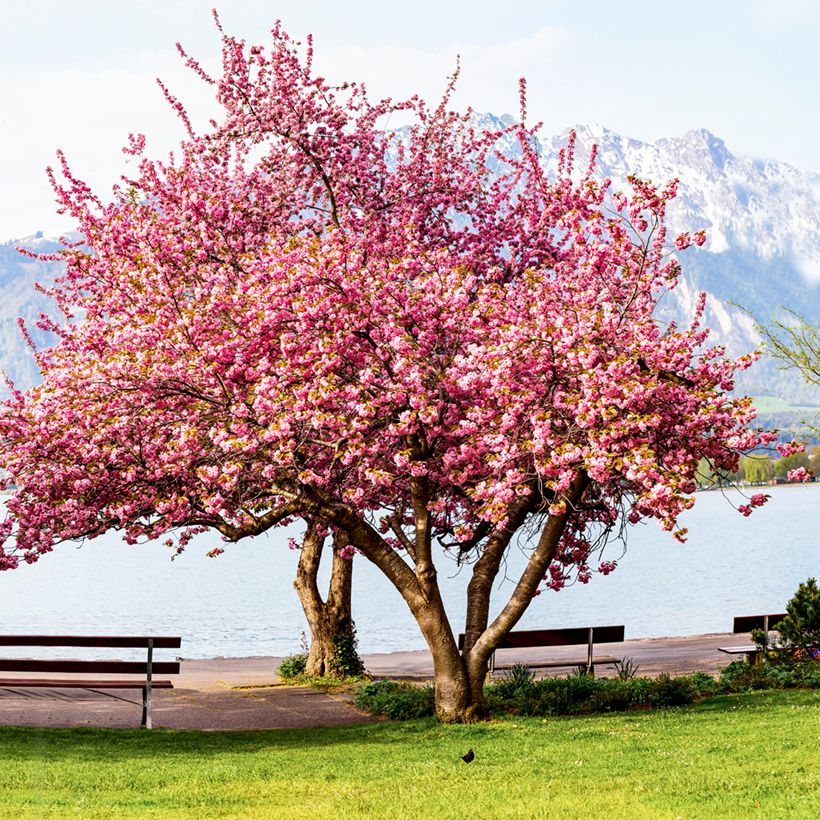

Plant habit
Flowering
Foliage
Botanical data
Prunus
serrulata
Kanzan
Rosaceae
Japanese Cherry, Hill Cherry, Oriental Cherry, East Asian Cherry
Cultivar or hybrid
Other Prunus
View all →Planting and care
The 'Kanzan' Japanese Cherry Tree can be planted in spring or autumn, depending on the climate. It thrives in full sun in any light, sandy or even rocky, well-drained but not too dry soil. It tolerates the presence of limestone in the soil. Water during dry and hot weather. When planting, mix your soil with compost at a ratio of 50%, as well as very coarse sand if your soil tends to be clayey. Dig a large planting hole. Apply a flowering shrub fertilizer every spring. Pruning is not necessary for this Prunus, but it can be useful to contain the spread of the plant. Preferably intervene in the middle of summer. Be cautious of late frosts that could damage the early flowering. Therefore, it is preferable to place the prunus in a slightly sheltered location.
Planting period
Intended location
Care
-
, onOrder confirmed
Reply from on Promesse de fleurs
Spring-flowering shrubs
Haven't found what you were looking for?
Hardiness is the lowest winter temperature a plant can endure without suffering serious damage or even dying. However, hardiness is affected by location (a sheltered area, such as a patio), protection (winter cover) and soil type (hardiness is improved by well-drained soil).

Photo Sharing Terms & Conditions
In order to encourage gardeners to interact and share their experiences, Promesse de fleurs offers various media enabling content to be uploaded onto its Site - in particular via the ‘Photo sharing’ module.
The User agrees to refrain from:
- Posting any content that is illegal, prejudicial, insulting, racist, inciteful to hatred, revisionist, contrary to public decency, that infringes on privacy or on the privacy rights of third parties, in particular the publicity rights of persons and goods, intellectual property rights, or the right to privacy.
- Submitting content on behalf of a third party;
- Impersonate the identity of a third party and/or publish any personal information about a third party;
In general, the User undertakes to refrain from any unethical behaviour.
All Content (in particular text, comments, files, images, photos, videos, creative works, etc.), which may be subject to property or intellectual property rights, image or other private rights, shall remain the property of the User, subject to the limited rights granted by the terms of the licence granted by Promesse de fleurs as stated below. Users are at liberty to publish or not to publish such Content on the Site, notably via the ‘Photo Sharing’ facility, and accept that this Content shall be made public and freely accessible, notably on the Internet.
Users further acknowledge, undertake to have ,and guarantee that they hold all necessary rights and permissions to publish such material on the Site, in particular with regard to the legislation in force pertaining to any privacy, property, intellectual property, image, or contractual rights, or rights of any other nature. By publishing such Content on the Site, Users acknowledge accepting full liability as publishers of the Content within the meaning of the law, and grant Promesse de fleurs, free of charge, an inclusive, worldwide licence for the said Content for the entire duration of its publication, including all reproduction, representation, up/downloading, displaying, performing, transmission, and storage rights.
Users also grant permission for their name to be linked to the Content and accept that this link may not always be made available.
By engaging in posting material, Users consent to their Content becoming automatically accessible on the Internet, in particular on other sites and/or blogs and/or web pages of the Promesse de fleurs site, including in particular social pages and the Promesse de fleurs catalogue.
Users may secure the removal of entrusted content free of charge by issuing a simple request via our contact form.


































